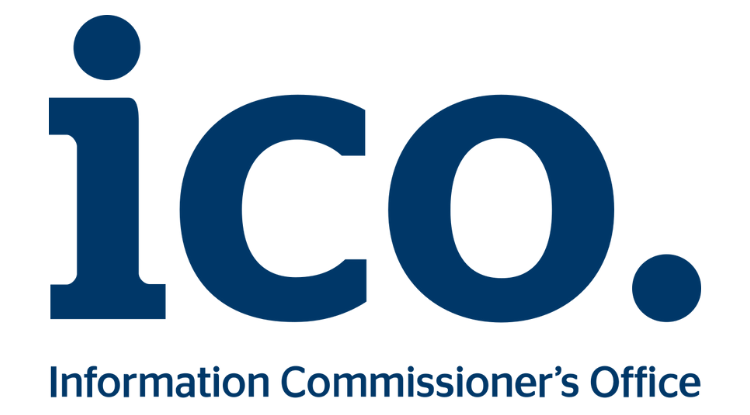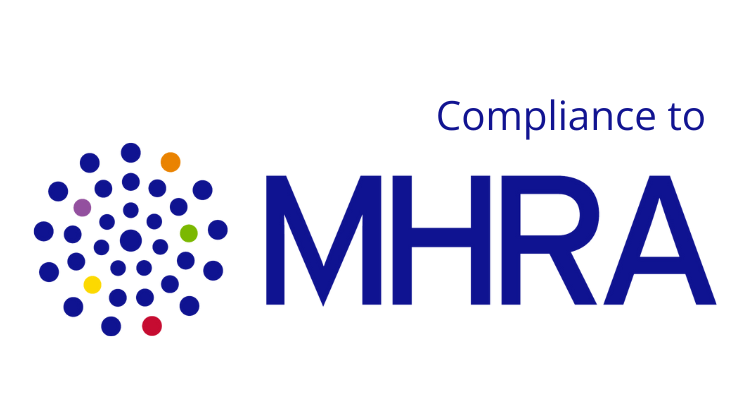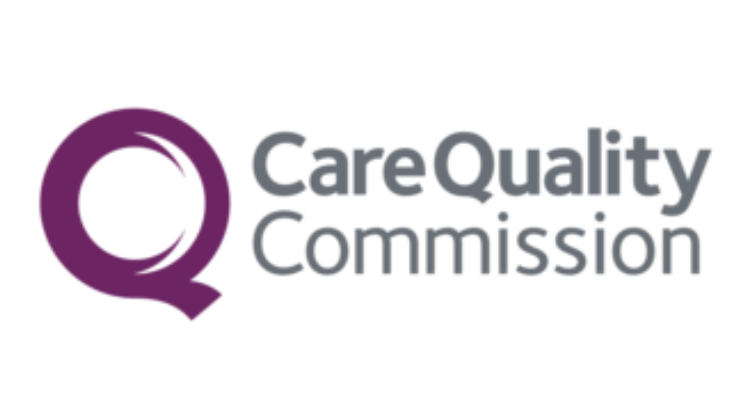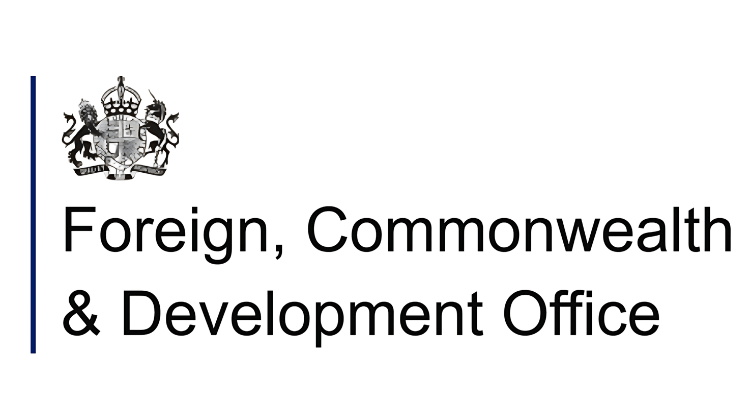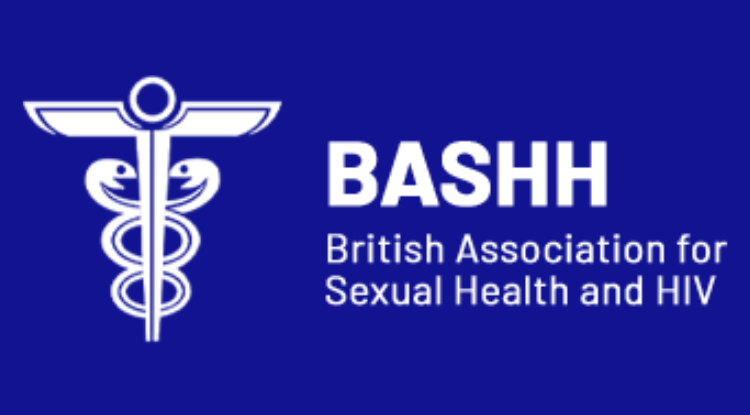
How Long After Sex Should I Get Tested?
When it comes to sexual health, timing is everything. Knowing when to get tested for sexually transmitted diseases (STDs) is crucial for protecting yourself and your partners. But with so many different STDs and varying incubation periods, it can be confusing to know exactly when to schedule that test.
In this article, we’ll break down the incubation periods for common STDs and guide you on the best times to get tested after unprotected sex.
What Is the Incubation Period?
Before diving into specific testing timelines, it’s essential to understand what the incubation period is.
The incubation period is the time between exposure to an STD and the appearance of symptoms or the point at which the infection can be detected through testing. Each STD has its own incubation period, which affects when you should get tested.
Common STD Incubation Periods
- Chlamydia: Symptoms may appear within 1–3 weeks, though many people never show symptoms. Testing is recommended at least 1 week after unprotected sex.
- Gonorrhea: Symptoms often appear 2–7 days after exposure but may not appear at all. Testing can be done 1 week after exposure.
- Syphilis: Symptoms may appear anywhere from 10 days to 3 months. Testing is recommended at 3 weeks and again at 3 months.
- Herpes: Symptoms usually appear within 2–12 days. Testing is most reliable at 3–4 weeks.
- HIV: Detectable in a blood test within 2–4 weeks, but for accuracy, testing at 3 months is recommended.
- Trichomoniasis: Symptoms appear 5–28 days after exposure. Testing is possible 1 week after unprotected sex.
When to Get Tested After Unprotected Sex
While these timelines provide a general guideline, keep these factors in mind:
- Symptoms: If you notice unusual discharge, sores, or sore throat, get tested immediately—don’t wait.
- Routine Testing: Regular testing is recommended for sexually active individuals, especially with multiple partners.
- After Unprotected Sex: Get tested for gonorrhea, chlamydia, and trichomoniasis after 1 week. For syphilis and HIV, test later based on incubation periods.
Why Timing Matters
Testing too early can cause false negatives because the infection may not have reached detectable levels yet.
Waiting too long, on the other hand, increases the risk of unknowingly spreading the infection or developing complications if untreated.
Understanding Symptoms
Common STD Symptoms to Watch For:
- Unusual Discharge: Changes in color, consistency, or smell.
- Burning During Urination: Common in gonorrhea and chlamydia.
- Sores or Bumps: May indicate herpes or syphilis.
- Sore Throat: Possible sign of oral STDs.
- Fever or Fatigue: Can accompany infections like HIV.
If you experience any of these, seek medical advice and get tested right away.
Where to Get Tested
Testing is available at clinics, doctor’s offices, or specialized centers.
For example, in London, the Marylebone Diagnostic Centre (73 Baker Street) offers comprehensive STD testing. Many clinics provide confidential or anonymous testing to protect your privacy.
Take Control of Your Sexual Health
Staying on top of your sexual health is key to overall well-being. By knowing STD incubation periods and testing timelines, you can protect yourself and your partners.
If unsure, consult a healthcare professional for personalized advice.
Regular testing, safe sex practices, and open communication with partners are the best ways to maintain sexual health.
Stay informed. Stay safe. Don’t hesitate to reach out for medical advice when needed.





